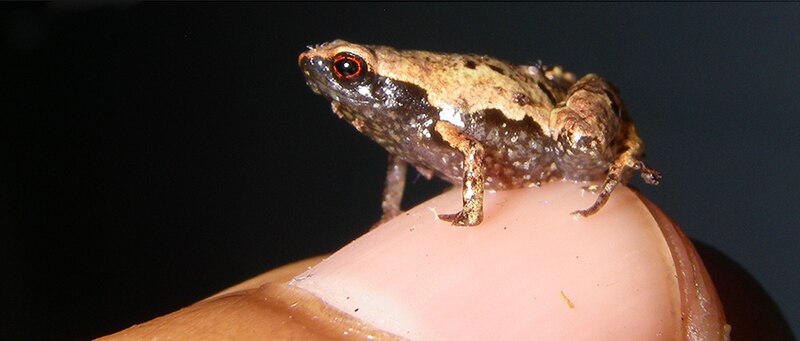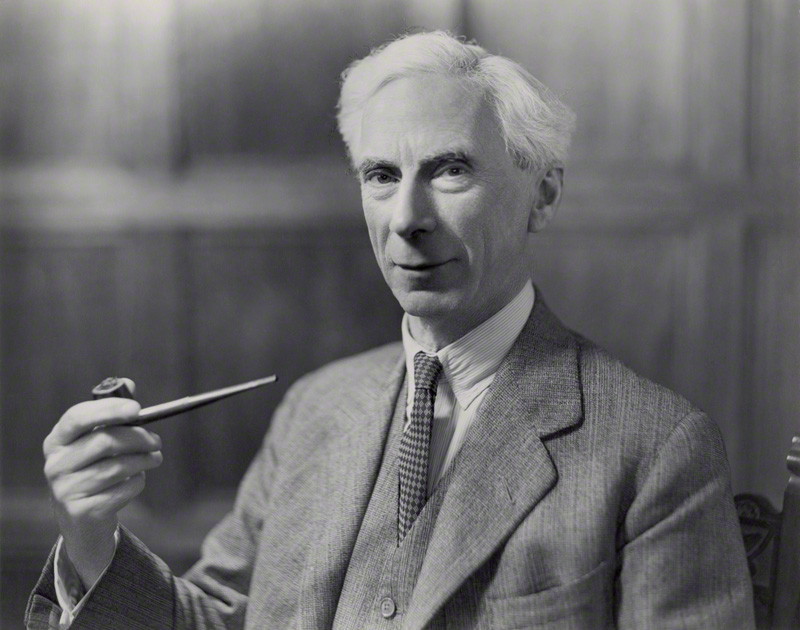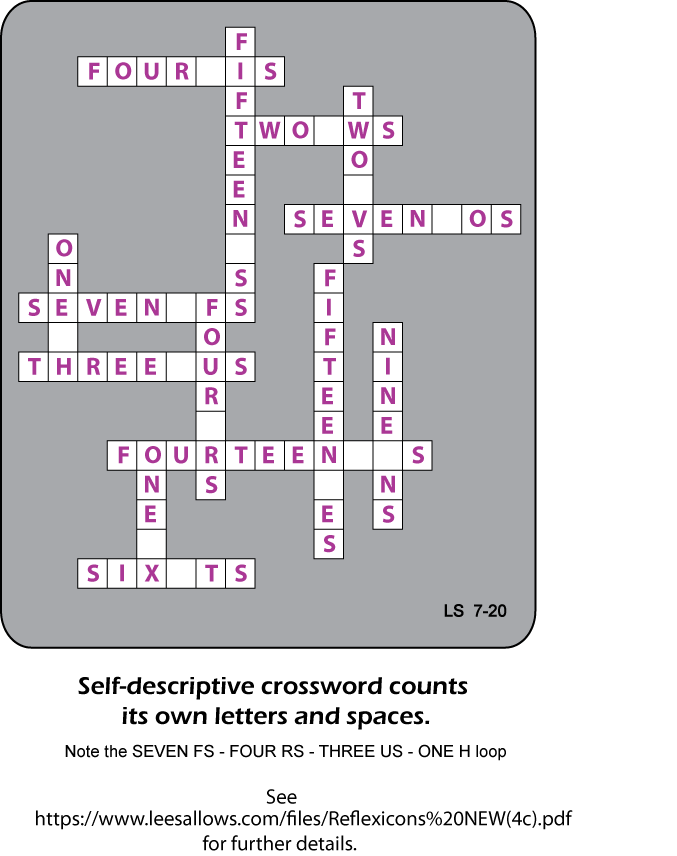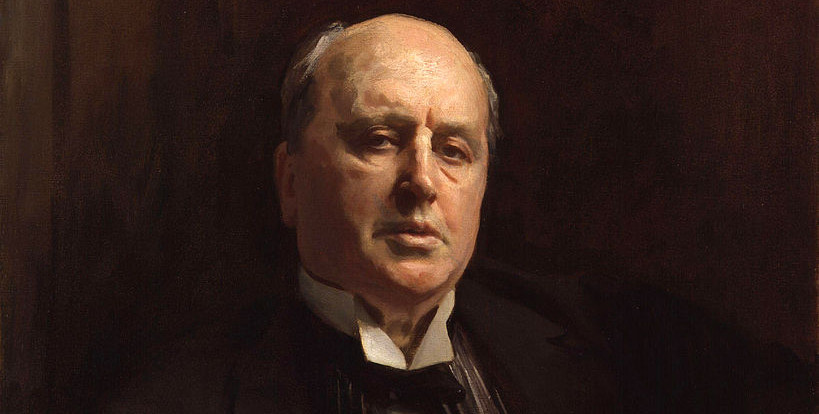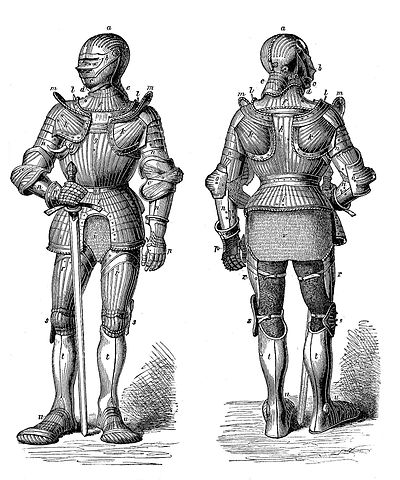
- It’s illegal to enter the Houses of Parliament wearing a suit of armor, according to a 1313 statute.
- “All things in moderation” is an immoderate policy.
- If a prime number is made up entirely of 1s (e.g., 11), then the number of its digits is prime.
- The word CARBON is itself made up of element symbols (Ca, Rb, O, N). (Dmitri Borgmann)
- Interior decorator Nicholas Haslam: “All it comes down to is making a setting in which people look prettier.”
07/17/2024 UPDATE: Several readers point out, correctly, that carbon is hardly the only elemental “chemical word” — indeed, some elements can be spelled in multiple ways. I’ve assembled this list from multiple contributions:
ArSeNiC ArSeNIC
AsTaTiNe
BiSmUTh BISmUTh
CArBON CaRbON
CoPPEr COPPEr
IrON
KrYPtON
NeON
OGaNeSSON OGaNEsSON
PHoSPHoRuS PHOSPHoRuS PHOsPHoRuS PHoSPHORus PHOSPHORuS PHOsPHORuS
SiLiCoN SiLiCON SILiCON SILiCoN
SiLvEr SILvEr
TeNNeSSINe TeNNEsSiNe TeNNEsSINe
TiN
XeNON XeNoN
TiN is even a valid compound, titanium nitride.
Of these Borgmann had found arsenic, carbon, iron, neon, phosphorus, silicon, and xenon when he wrote in 1974, “surely the most unusual is CARBON which can be factored into elements not including itself.” But that property wasn’t unique even within his limited list, as can be seen above.
Many thanks to readers Gareth McCaughan, Catalin Voinescu, and Eric Harshbarger for writing in about this.

